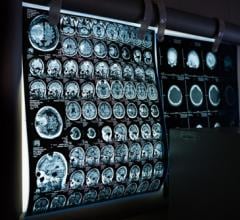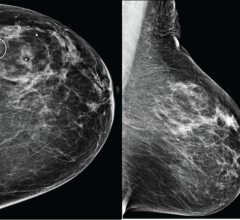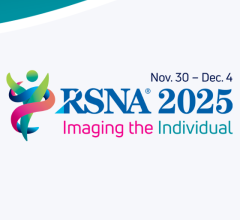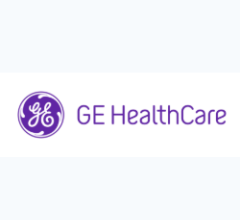
April 5, 2012 – Siemens Healthcare has announced that the Somatom Definition Flash dual-source computed tomography (CT) system with the new Stellar Detector – the first fully integrated detector that virtually eliminates electronic noise – has been cleared by the Food and Drug Administration (FDA) for sale and distribution in the United States. The new Stellar Detector further enhances the already outstanding Somatom Definition Flash CT system by delivering high spatial resolution, generating ultra-thin slices and providing an outstanding level of sharpness in CT at impressively low levels of patient radiation. With the combination of the Somatom Definition Flash CT system and the new Stellar Detector, even the finest image details can now be visualized.
Since its debut in late 2008, the Somatom Definition Flash dual-source CT system has distinguished itself by requiring only a fraction of the radiation dose that systems previously required to image even the smallest anatomical details.
With the addition of Siemens’ TrueSignal technology – which, for the first time, integrates the electronic detector components into the photodiode to reduce power consumption – the new Stellar Detector significantly reduces electronic noise and improves the signal-to-noise ratio of CT images created by the Somatom Definition Flash. The electronic noise reduction capabilities would not be possible without the cutting-edge Ultra Fast Ceramics (UFC) detector material that is available across all Siemens CT scanners. The UFC advantages of high X-ray absorption, short afterglow and luminous efficiency ultimately enable efficient CT acquisition. With the Stellar Detector, noise reduction is possible from the very small to the very large – pediatric as well as bariatric patients.
“We are very excited about this breakthrough technology,” said Kulin Hemani, U.S. vice president of CT, Siemens Healthcare. “Bolstered by the new Stellar Detector, the Somatom Definition Flash CT system will enable clinicians to visualize more anatomical details at a lower dose, resulting in a more confident patient diagnosis and demonstrating Siemens’ enduring commitment to our customers to deliver high levels of patient care.”
Utilizing the unique ability of the Stellar Detector, the new Somatom Definition Flash CT system may help enable physicians to visualize even very fine details. The system enables cardiac scanning in only a quarter of a heartbeat. Together with its maximum temporal resolution of 75 ms, it freezes any cardiac motion. For this reason, clinicians have the option of not requiring patients to hold their breath during the exam.
“Johns Hopkins is proud to be one of the first facilities to acquire the Somatom Definition Flash CT system with the new Stellar Detector,” said Eliot K. Fishman, M.D., director of diagnostic imaging and body CT at Johns Hopkins Medicine, Baltimore. “Clinical results achieved by facilities outside the United States indicate that this technology will help us to better view the vascular system that feeds tumors, enabling us to more accurately determine the patient’s stage of disease.”
Additionally, Siemens’ FAST CARE (Fully Assisting Scanner Technologies/Combined Applications to Reduce Exposure) workflow acceleration and dose reduction technology increases patient-centric productivity. For example, with the help of the FAST Spine feature, which enables one-click preparation of complex vertebrae and disc reconstructions, physicians are able to provide earlier, more accurately targeted treatment related to trauma imaging and neurological CT examinations.
Note: The statements by Siemens customers described herein are based on results that were achieved in the customer's unique setting. Since there is no "typical" hospital and many variables exist (e.g., hospital size, case mix, level of IT adoption), there can be no guarantee that other customers will achieve the same results.
For more information: www.siemens.com/healthcare


 December 03, 2025
December 03, 2025 









